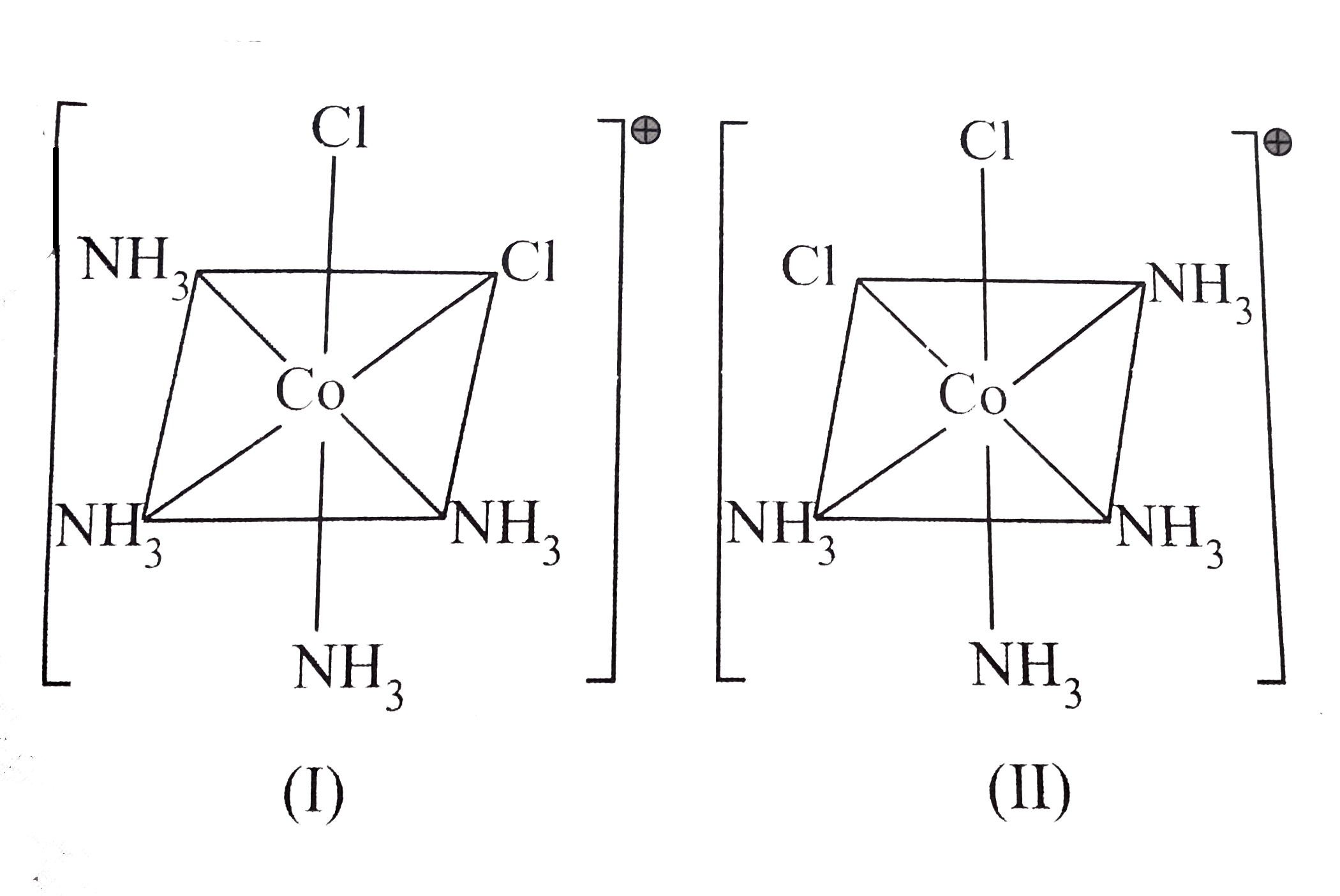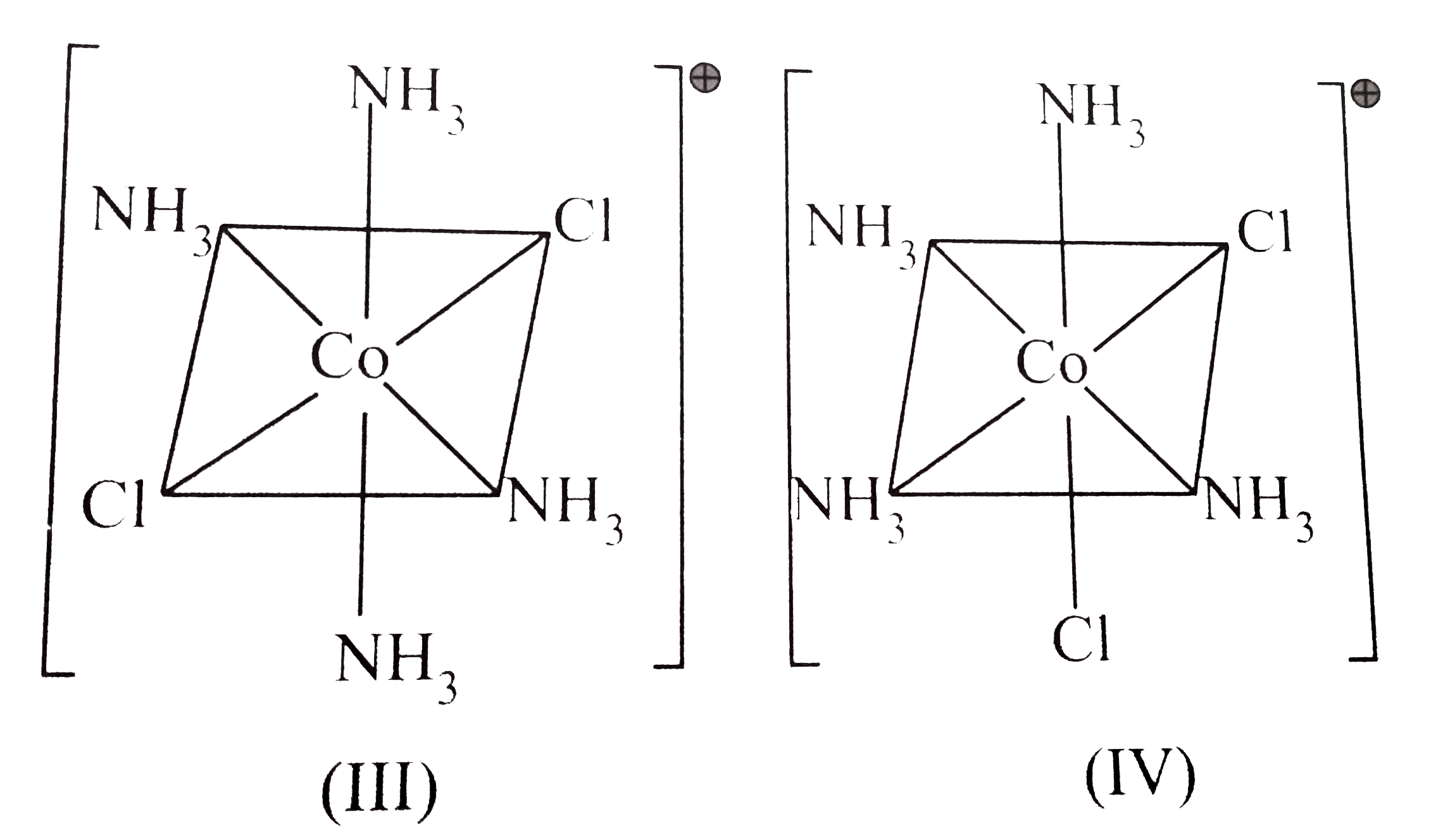Consider the following statements with respect to respiration.
(i) Glycolysis occurs in the cytoplasm of the cell.
(ii) Aerobic respiration takes place within the mitochondria.
(iii) Electron transport system is present in the outer mitochondrial membrane.
(iv) C51H98O6 is the chemical formula of tripalmitin, a fatty acid.
(v) Respiratory quotient =Volume ofO2evolvedVolume ofCO2consumed of the above statements
(i),(ii) and (iv) are correct
(ii),(iii) and (iv) are correct
(iii),(iv) and (v) are correct
(ii),(iv) and (v) are correct
The correct Answer is:a
To analyze the statements regarding respiration, let's evaluate each one step by step:
Step 1: Evaluate Statement (i)
Statement (i): Glycolysis occurs in the cytoplasm of the cell.
- Glycolysis is the metabolic pathway that converts glucose into pyruvate, and it occurs in the cytoplasm of the cell.
- Conclusion: This statement is True.
Step 2: Evaluate Statement (ii)
Statement (ii): Aerobic respiration takes place within the mitochondria.
- Aerobic respiration involves the complete oxidation of pyruvate to carbon dioxide and water, and this process occurs in the mitochondria.
- Conclusion: This statement is True.
Step 3: Evaluate Statement (iii)
Statement (iii): Electron transport system is present in the outer mitochondrial membrane.
- The electron transport system (ETS) is actually located in the inner mitochondrial membrane, specifically in the cristae, not the outer membrane.
- Conclusion: This statement is False.
Step 4: Evaluate Statement (iv)
Statement (iv): C51H98O6 is the chemical formula of tripalmitin, a fatty acid.
- Tripalmitin is indeed a triglyceride derived from palmitic acid, and its chemical formula is correctly represented as C51H98O6.
- Conclusion: This statement is True.
Step 5: Evaluate Statement (v)
Statement (v): Respiratory quotient = (Volume of O2 evolved) / (Volume of CO2 consumed).
- The respiratory quotient (RQ) is defined as the ratio of carbon dioxide produced to oxygen consumed, not the other way around.
- Conclusion: This statement is False.
Final Summary
- True Statements: (i), (ii), (iv)
- False Statements: (iii), (v)
Thus, the correct answer is that statements (i), (ii), and (iv) are true.
Statement (i): Glycolysis occurs in the cytoplasm of the cell.
- Glycolysis is the metabolic pathway that converts glucose into pyruvate, and it occurs in the cytoplasm of the cell.
- Conclusion: This statement is True.
Statement (ii): Aerobic respiration takes place within the mitochondria.
- Aerobic respiration involves the complete oxidation of pyruvate to carbon dioxide and water, and this process occurs in the mitochondria.
- Conclusion: This statement is True.
Statement (iii): Electron transport system is present in the outer mitochondrial membrane.
- The electron transport system (ETS) is actually located in the inner mitochondrial membrane, specifically in the cristae, not the outer membrane.
- Conclusion: This statement is False.
Statement (iv): C51H98O6 is the chemical formula of tripalmitin, a fatty acid.
- Tripalmitin is indeed a triglyceride derived from palmitic acid, and its chemical formula is correctly represented as C51H98O6.
- Conclusion: This statement is True.
Statement (v): Respiratory quotient = (Volume of O2 evolved) / (Volume of CO2 consumed).
- The respiratory quotient (RQ) is defined as the ratio of carbon dioxide produced to oxygen consumed, not the other way around.
- Conclusion: This statement is False.
- True Statements: (i), (ii), (iv)
- False Statements: (iii), (v)
Topper's Solved these Questions
- BOOK - NCERT FINGERTPS ENGLISHCHAPTER - RESPIRATION IN PLANTSEXERCISE - HOTS7videos
RESPIRATION IN PLANTS
- BOOK - NCERT FINGERTPS ENGLISHCHAPTER - RESPIRATION IN PLANTSEXERCISE - NCERT8videos
RESPIRATION IN PLANTS
- BOOK - NCERT FINGERTPS ENGLISHCHAPTER - RESPIRATION IN PLANTSEXERCISE - AMPHIBOLIC PATHWAY3videos
RESPIRATION IN PLANTS
- BOOK - NCERT FINGERTPS ENGLISHCHAPTER - PLANT KINGDOMEXERCISE - Plant Kingdom160videos
PLANT KINGDOM
- BOOK - NCERT FINGERTPS ENGLISHCHAPTER - STRUCTURAL ORGANISATION IN ANIMALSEXERCISE - Structural Organisation In Animals129videos
STRUCTURAL ORGANISATION IN ANIMALS
Similar Questions
Go through the following statements
(i) the peripheral chemoreceptors for regulation of respiration are located in carotid veins and arch of aorta
(ii) the primary effect of pneumotaxic centre is to control the switch off point of inspiratory signal and thus limit inspiraton
(iii) the chemosensitve area for brain for respiratory control is highly sensitive to O2 concentration
(iv) In case of fetal haemoglobin the oxygen haemoglobin dissociation curve is shifted toward left
which of these are correct ?
(a) i, ii & iv
(b) ii and iv
(c) ii, iii & iv
(d) iii and ivView SolutionConsider the following reaction
N2O4(g)⇔2NO2(g)ΔH=58.6KJ
What will be the effect of the following changes on the concentration of N2O4 at equilibrium?
(i) Increasing the pressure (ii) Increasing the temperature
(iii) Increasing the volume
(iv) Adding more NO2(g) to the system without changing temperature and pressure (v) Adding catalyst.View Solution
Knowledge Check
- Question 1 - Select One
Study carefully the following statements and select the incorrect ones.
When fats are used in respiration, the RQ is more than unity because fats contain more O2 and require relatively less amount of O2 for oxidation.
(ii) The most important energy carrier is ATP. This energy rich compound is mobile and can pass from one cell to another.
(iii) Before pyruvic acid enter Krebs' cycle, one of the two carbon atoms of pyruvic acid is reduced to carbon dioxide in the reaction called reductive carboxylation.
(iv) A special electron carrier system located in the mitochondrial membrane is called shuttle system. It transfers electron from the hydrogens of cytoplasmic NADH to the mitochondrial electron carriers across the mitochondrial membrane.
(v) Zymase is a complex mixture of many enzymes which requires several coenzymes for its action. The enzyme complex-zymase catalyses series of reaction taking place during fermentation leading to the production of ethyl alcohol.A(i) and (ii)B(iii) and (iv)C(i),(ii) and (iii)D(iii),(iv) and (v) - Question 2 - Select One
Consider the following statements each with two blanks.
(i) Actually, only about (1)_____ mL of air enters the lungs alveoli for the exchange of gases. The remaining fills the respiratory passage and is termed (2)_____.
(ii) The amount of air which one can inhale with maximum effort and also exhale with maximum effort is termed as (3)_____. It is about (4)_____ in normal adult person.
(iii) During normal quiet breathing, on an average, approximately (5)_____ mL of air is inspired or expired by adult human male in each breath. It is termed as (6)_____ volume.
Which of the following options gives the correct fill ups for the respective blanks numbers from (1) to (6) in the above statement ?A(3)-vital capacity, (4)−4000 mL, (5)−500,(6)−tidalB(1)−100, (2)-residual volume, (3)−functional residual capacity, (4)−3000mLC(1)−350, (2)-dead space air, (5)−1000,(6)-inspiratory reserveD(1)−350, (2)-residual volume, (3)−vital capacity (4)−4000mL
Read the following statements about the human nervous system :
(i) A multipolar neuron is with one axon and two or more dendrites , found in the cerebral cortex.
(ii) in resting condition, the sodium-potassium pump transports 3Na+ inwards and 2K+ outwards the cell.
(iii) Midbrain and hindbrain form the brain stem including the cerebellum.
(iv) the pons of the hindbrain is directly connected to the spinal cord to control respiration.
How many statement/s from above is/are incorrect ?View SolutionRead the following statements about respiratory system of humans :
I. Type II alveoli help in secretion of a chemical surfactant called lecithin , which decreases the surface tension around alveoli.
II. The diffusion membrane for exchange of gases is made up of three major cellular layers.
III. Binding of oxygen with hemoglobin is primarily related to the partial pressure of O2.
IV. Every 100 ml of oxygenated blood can deliver around 5 ml CO2 to the tissues under normal physiological conditions.
How many statement is /are correct from the above ?View SolutionNi+2 form a complex inon in water having the formula [Ni(H2O)6]+2. How many of the following statement are true for the complex ion ?
(i) The complex is octahedral in shape (ii) The complex is diamagnetic in nature .
(iii) Ni+2 has incompletely filled 3d subshell. (iv). Secodary valency of Ni+2 is 6
(v) All the bonds (metal-ligand ) are perpendicular to each other. (vi) All the 3d orbitals of Ni+2 are degenerate
(vii) Total spin of the complex is 1. (viii) The hybridisation of Ni+2isd2sp3
(ix) The complex is more stable than [Ni(en)3]+2 (x) Effective atomic number of Ni+2 is 36.View SolutionConsider the following statements :
(I)An increase in pressure (caused by decrease in volume) at equilibrium results in increase in molar concentration of each gasous substances involved.
(II)An increase in pressure (caused by decrease in volume) at equilibrium results in increase in no. of moles of each gaseous substance involved.
(III)For the reaction A(s)⇔B(g)+C(g) at constant temperature, total pressure at equilibrium (of B(g) & C(g)) is not affected by changing the volume of container.
(IV)H2O(l)⇔H2O(g) on temperature increase K of this reaction is increased.
Tick the correct statement(s)View SolutionWhich of the following statements are CORRECT ?
I. A specialized center present in the medulla region of the brain called respiratory rhythm center is primarily responsible for the regulation of respiration.
II. A Chemosensitive area is situated adjacent to the rhythm which is highly sensitive to O2,CO2 and hydrogen ions .
III . Receptors associated with aortic arch and carotid artery also can recognize changes in CO2andH+ concentration and send necessary signals to the rhythm center for remedial actions.
IV The neural signal from the pneumatic center can increase the duration of inspiration and thereby alter the respiratory rate .View SolutionConsider the following spatial arrangements of the octahedral complex ion [Co(NH3)4CI2]⊕


Which of the following statements is incorrect regarding these structures?
(a) I and II are enantiomers
(b) II and III are cis and trans isomers respectively
(c) III and IV are cis and trans isomers respectively
(d) II and IV have identical structures .View Solution

